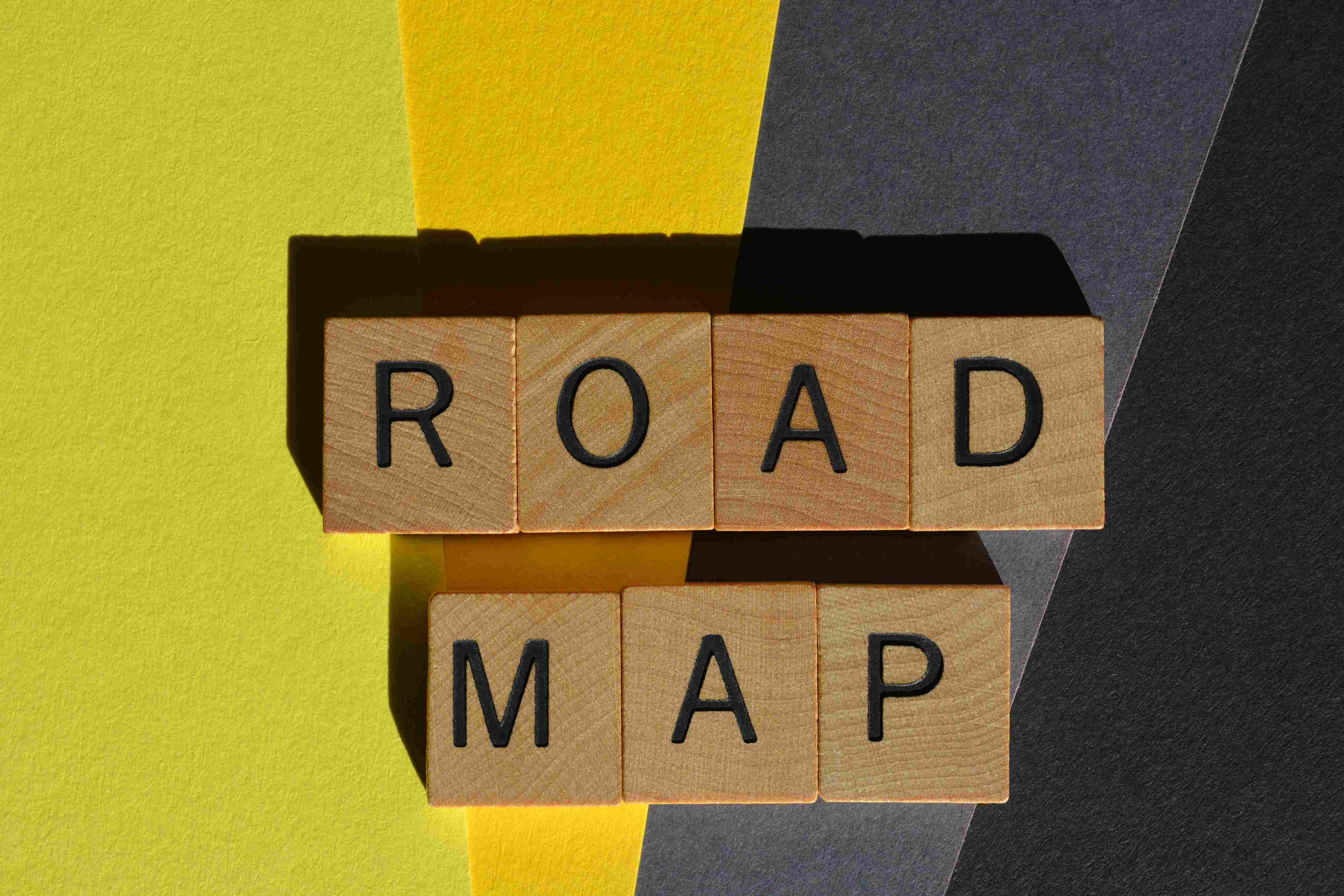Let’s be honest—
publishing a book is a huge accomplishment, but unless you’ve landed a unicorn-level bestseller, it probably won’t pay all the bills. For many authors, the real opportunity isn’t just between the covers—it’s in transforming your ideas into a dynamic online course.
Why? Because books inform, but courses transform.
And when people experience transformation, they happily pay a premium for it.

Why This Pivot Can Be Your Smartest Move Yet
Your book has already proven you’re an authority. A course takes that same expertise and turns it into a hands-on learning experience that helps people actually implement what you teach.
Better still, the numbers speak for themselves: while a book might sell for $15–$30, courses often command $199, $499… even $2,000+. Authors regularly see 5–10x more revenue from their courses than their book sales—with the exact same core content, reimagined for active learning.
From Author to Instructor: The Mindset Shift
Turning your book into a course isn’t about dumping chapters into a video format. It’s about stepping into the role of guide rather than storyteller, designing your material around outcomes instead of just information.
Books let readers move at their own pace. Courses hold their hand, set a pace, and give them milestones, feedback, and real-world application. That shift—from “here’s what I know” to “here’s how you can do it”—is what makes the magic (and the money) happen.
Books That Make the Best Courses
Not every book is a course waiting to happen. The best candidates are:
- How-to guides with clear steps
- Skill-building manuals that teach a process
- Self-improvement content where transformation is measurable
- Professional development guides with real-world application
If your book solves a problem, teaches a method, or delivers a skill, you’re in a prime position. If it’s fiction or purely theoretical, you’ll need a creative approach—like teaching how you built your characters, worlds, or writing style.
The Big Advantage: Your Book + Your Course
The smartest authors don’t see these as separate projects—they make them work together.
- Your book becomes a trust-building, credibility-packed introduction.
- Your course delivers the deeper, interactive, results-driven experience.
This ecosystem means every reader is a potential student, and every student might become a superfan of your writing.
Step-by-Step: Turning Your Book Into a Course
1. Reimagine Your Structure
Your table of contents is a starting point—not a blueprint. Courses follow a learning journey, which often means reordering, combining, or expanding chapters. Focus on the transformation:
- Start point: Where your student is now
- End point: Where they want to be
- Modules: The stepping stones to get there
2. Build in Application
In a book, your reader nods along. In a course, they do the work. That means:
- Worksheets and templates
- Practice exercises and challenges
- Quizzes and assessments to check progress
- Case studies that show concepts in action
3. Add Multimedia for Different Learning Styles
Don’t just read your book into a camera. Bring it alive with:

- Short, engaging video lessons (5–15 minutes each)
- Slide decks for key concepts
- Screen demos for processes
- Downloadables they can use immediately
4. Create Community and Interaction
This is one of the biggest advantages over a book. Give your students a space to connect, share wins, and ask questions—via live Q&As, private groups, or discussion boards. Learning accelerates in a community, and so does loyalty to you as the instructor.
5. Choose the Right Platform
- Thinkific, Teachable, Kajabi – all-in-one platforms for ease and speed
- LearnDash, LifterLMS – WordPress-based for maximum customization
- Udemy, Skillshare – great for reach, less control over pricing and branding
If you want your course to be a true business asset, you’ll likely want your own branded platform rather than relying solely on a marketplace.
6. Price for Value, Not Pages
Forget the $20 book mindset. Price according to the transformation you’re delivering.
- Offer tiered options: self-study, community access, premium coaching
- Consider bundles: book + course as a package
- Use payment plans for higher-priced tiers to remove barriers
7. Launch With Your Book as Your Best Marketing Asset
Your readers are your warmest leads.
- Add course links in your book (QR codes, back matter, or new edition inserts)
- Send early-bird offers to your email list
- Share behind-the-scenes content on social media
- Create a free mini-course to funnel people into your main program
Why Courses Outperform Books Financially (and Impact-Wise)
Let’s put this in perspective:
- Book sale: $15.99 with a 15% royalty = $2.40 to you.
- Course sale: $299 with 80% retention = $239 to you.
Even modest course sales can eclipse years of book royalties—plus, students who see results often buy more from you: advanced programs, coaching, events.
Success Stories to Inspire You
- Ramit Sethi turned his bestselling book into a $5M/year education business with layered course offerings.
- Joanna Penn built steady, predictable income from fiction-writing courses alongside her novels.
- Marie Forleo says her courses revealed exactly where her readers were getting stuck—insights she never got from book sales alone.
Your 30-Day Book-to-Course Roadmap
- Week 1 – Identify transformation, map modules
- Week 2 – Create exercises, templates, and key videos
- Week 3 – Build on your platform of choice
- Week 4 – Launch to your book audience and beyond

Your first course doesn’t need to be perfect—it just needs to get your students results. You can refine with feedback as you go.
Final Thought
A book changes how someone thinks.
A course changes what they do.
When you combine them, you’re not just an author—you’re a mentor, a guide, and the catalyst for someone else’s success. And that’s worth far more than a royalty check.


